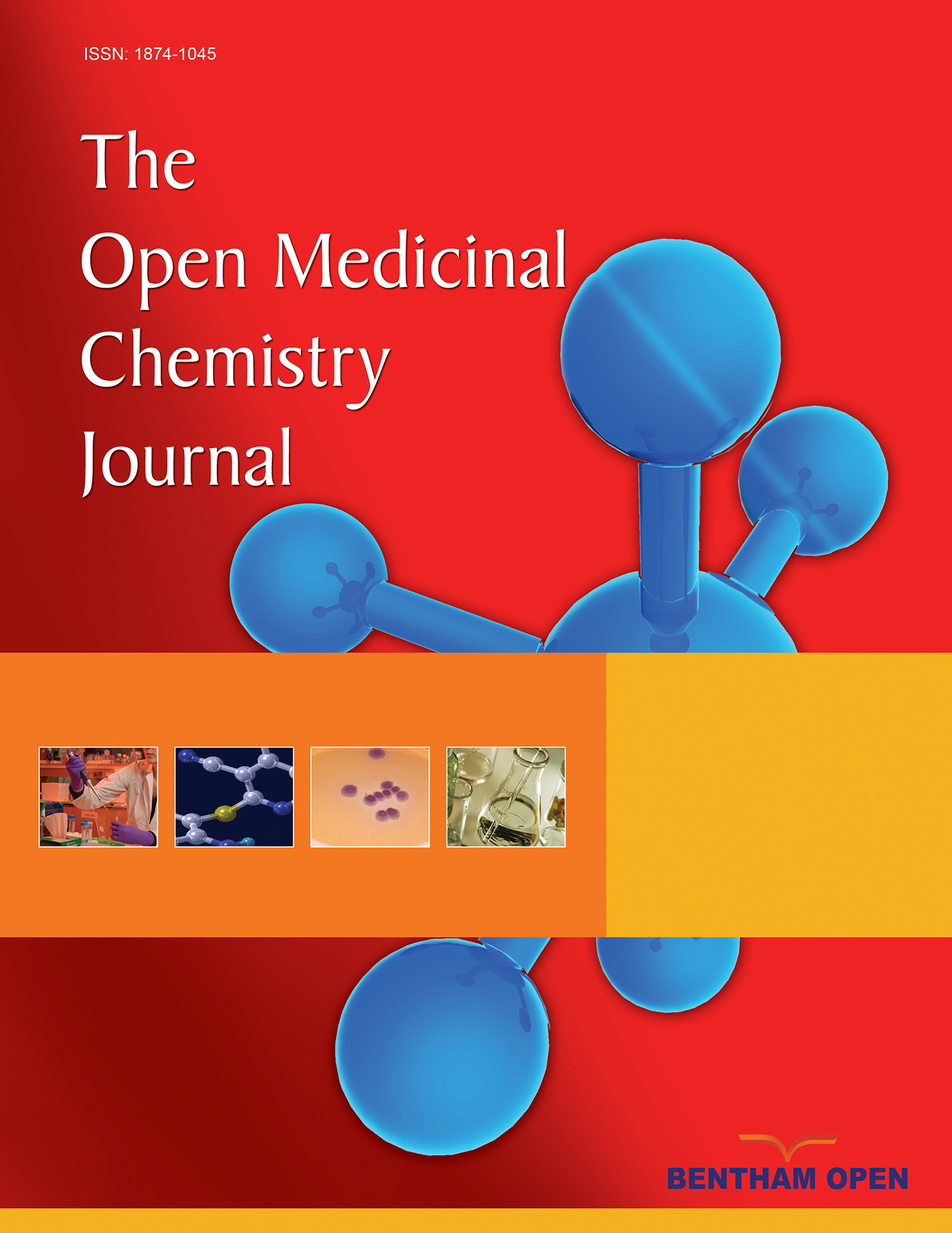All published articles of this journal are available on ScienceDirect.
Screening of Potential anti-Trypanosoma cruzi Candidates: In Vitro and In Vivo Studies
Abstract
Chagas disease (CD), caused by the intracellular protozoan Trypanosoma cruzi, is a parasitic illness endemic in Latin America. In the centennial after CD discovery by Carlos Chagas (1909), although it still represents an important public health problem in these affected areas, the existing chemotherapy, based on benznidazole and nifurtimox (both introduced more than four decades ago), is far from being considered ideal due to substantial toxicity, variable effect on different parasite stocks and well-known poor activity on the chronic phase. CD is considered one of the major “neglected” diseases of the world, as commercial incentives are very limited to guarantee investments for developing and discovering novel drugs. In this context, our group has been pursuing, over the last years, the efficacy, selectivity, toxicity, cellular targets and mechanisms of action of new potential anti-T. cruzi candidates screened from an in-house compound library of different research groups in the area of medicinal chemistry. A brief review regarding these studies will be discussed, mainly related to the effect on T. cruzi of (i) diamidines and related compounds, (ii) natural naphthoquinone derivatives, and (iii) megazol derivatives.


